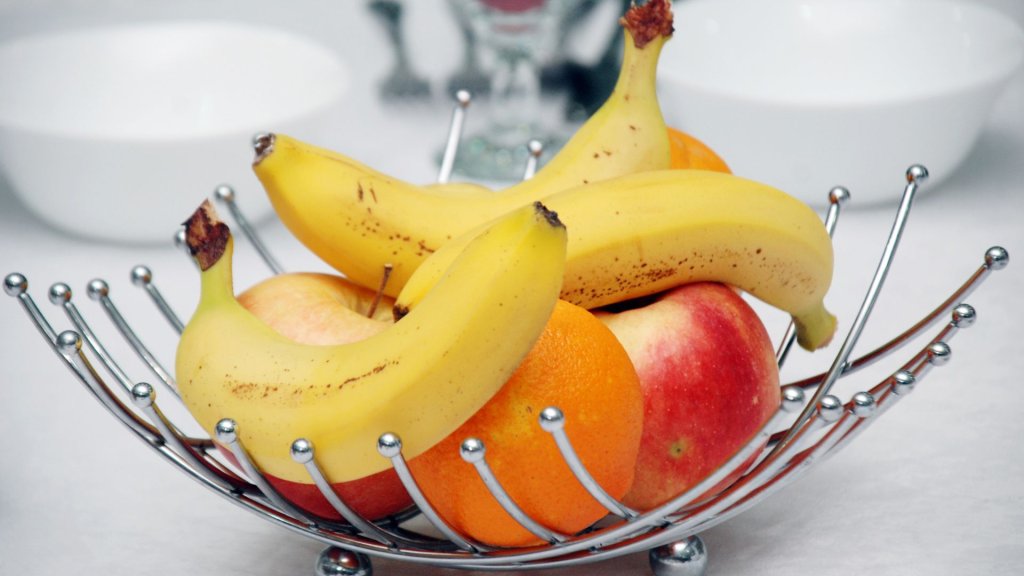Diving into the world of French fruits is more than just about taste—it’s a peek into France’s rich culture and food traditions. Fruits play a significant role here, not just as food but as part of history and local festivals. When you learn about these fruits, you’re not just enjoying their flavours but also getting a slice of French life, from holiday meals to everyday habits.
List of Common and Exotic Fruits in French
Common Fruits

| French | English |
|---|---|
| Pomme | Apple |
| Poire | Pear |
| Banane | Banana |
| Orange | Orange |
| Fraise | Strawberry |
| Cerise | Cherry |
| Raisin | Grape |
| Citron | Lemon |
| Pêche | Peach |
| Abricot | Apricot |
| Prune | Plum |
| Framboise | Raspberry |
| Melon | Melon |
| Pastèque | Watermelon |
| Myrtille | Blueberry |
| Pamplemousse | Grapefruit |
| Nectarine | Nectarine |
| Kiwi | Kiwi |
| Mûre | Blackberry |
| Groseille | Redcurrant |
Exotic Fruits

| French | English |
|---|---|
| Mangue | Mango |
| Papaye | Papaya |
| Ananas | Pineapple |
| Kaki | Persimmon |
| Litchi | Lychee |
| Fruit de la passion | Passion fruit |
| Grenade | Pomegranate |
| Carambole | Starfruit |
| Goyave | Guava |
| Ramboutan | Rambutan |
| Pitaya | Dragon fruit |
| Durian | Durian |
| Chérimole | Cherimoya |
| Salak | Snake fruit |
| Tamarillo | Tamarillo |
| Noix de coco | Coconut |
| Mangoustan | Mangosteen |
| Figue | Fig |
| Longane | Longan |
| Canistel | Eggfruit |
Conclusion
To sum up, learning fruit names in French is not just about language. It’s also a great way to learn about French culture and food traditions. You’ve got everyday fruits like ‘pomme’ (apple) and ‘cerise’ (cherry), and then there are the more unusual ones. Each name tells a story about where it comes from and how it’s used in dishes. This journey into words really opens up the rich and diverse flavours of French cooking, showing how it’s been shaped by influences from both within France and from around the world.

